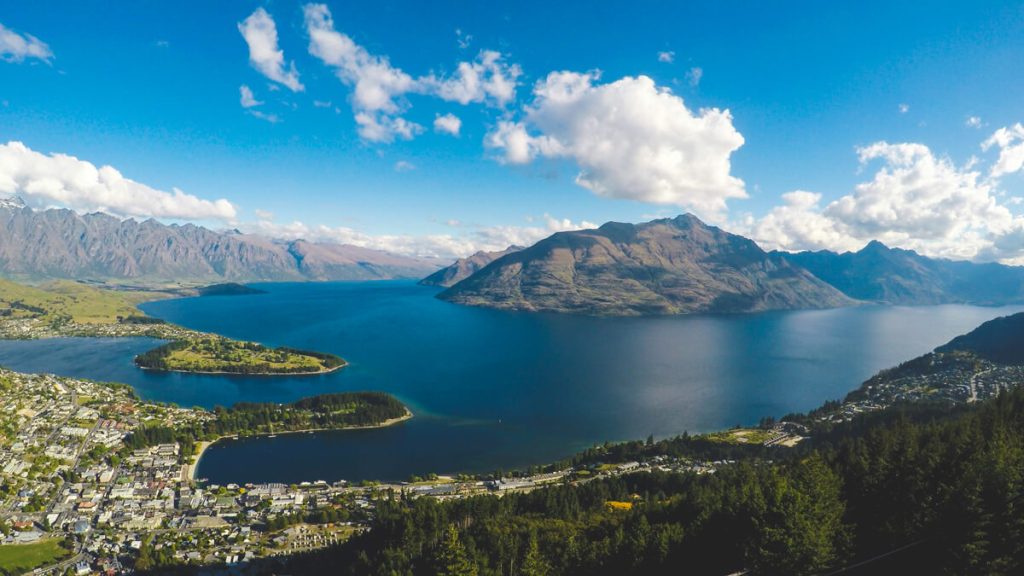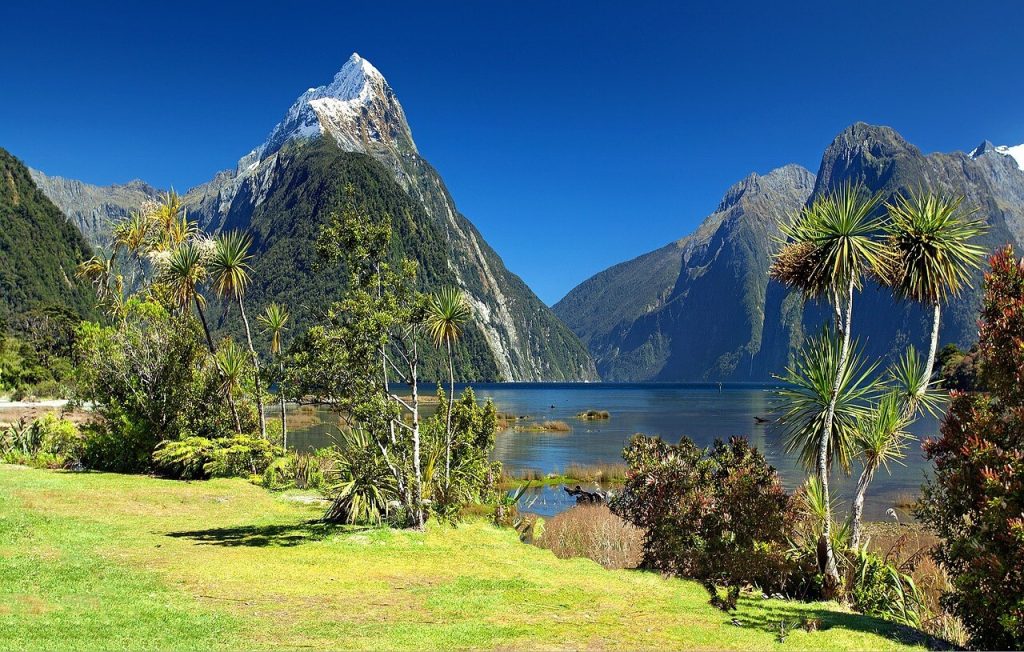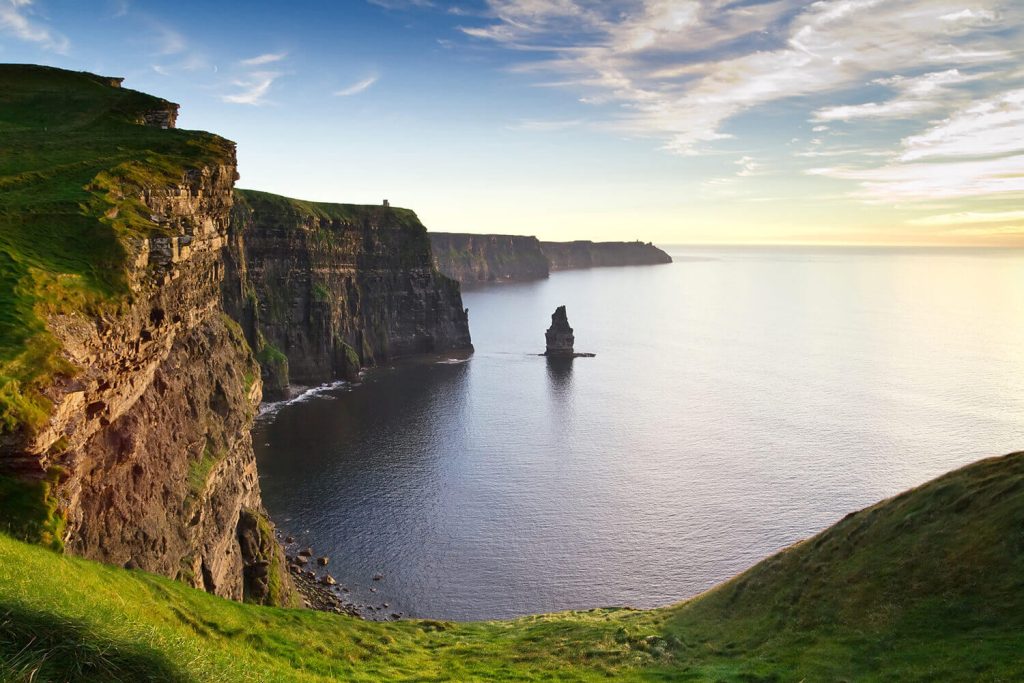General information about New Zealand
New Zealand is a country located in the south-west Pacific Ocean, located on two large islands and another 700 smaller islands. New Zealand is a Pacific Island nation known for the openness and warmth of its people, its diverse cultural mix, and its ability to ‘punch above its weight’ on the world stage. The country’s population is 5.2 million inhabitants (2023). The country ranks 53rd in the world in terms of GDP (PPP) (2023) and 33rd in terms of GDP per capita (PPP) (2023). It has a developed service sector (accounting for more than 72% of employed people), as well as strong manufacturing (20% of the employed population) and agriculture (more than 6% of total employees). It has close trade ties with China, the European Union, the USA, Japan and, of course, Australia. The largest cities in New Zealand are Auckland (1.48 million inhabitants), Christchurch (396 thousand inhabitants), and Wellington (215 thousand inhabitants and 441 thousand with the metropolitan area).
Wine production in New Zealand
Wine is part of New Zealand culture and one of the most powerful ways to experience the amazing ‘Land of the Long White Cloud’. The first grapevines were planted as far back as 1819, but even so, it took more than 150 years to understand how suitable the cool maritime climate was for the production of high-quality wines. It is interesting to note that 90% of New Zealand wine are exported, with an estimated market value of US$2.4bn (2023).
The total number of wineries in 2023 was 739, with a total vineyard area of 41,960 ha. In total, 360.7 million litres of wine were produced in 2023. Notably, 315.8 million litres were exported, amounting to approximately USD 1.44 billion (NZ$ 2.4 billion).1
The main grape varieties from which wine is produced in New Zealand (vineyard area as of 2023):
Sauvignon Blanc, 27,084 ha
Pinot Noir, 5,678 ha
Chardonnay, 3,149 ha
Pinot Gris, 2,797 ha
Merlot, 1,061 ha
Riesling, 595 ha
Syrah, 443 ha
Cabernet Sauvignon, 204 ha
The main countries where wine from New Zealand is exported (2023, million liters):
USA 107.722
United Kingdom 79.494
Australia 69.504
Canada 12.900
Ireland 3.940

Importing wine to New Zealand
Importing wine into New Zealand can be quite complex, from the country’s remote location, to the fact that New Zealand’s market is small but rich in its own wines. However, New Zealand has a highly developed wine drinking culture and there will always be a demand for wines from other countries.
List of countries and volume of wine imports in 2023 to New Zealand:
Australia, 31.609 million liters
France, 3.536 million liters
Italy, 2.666 million liters
South Africa, 2.666 million liters
Chile, 1.134 million liters
What is noteworthy is that, despite the fact that New Zealand itself is predominantly a producer of white wines, white wines also predominate in wine imports into the country, at 49% of all wine imports. Compare this to 36% of imports being red wines, and 14.5% of sparkling wines and champagne.2
Wine distribution in New Zealand
New Zealand has a developed wine culture with wine consumption around 16.6 litres per capita. This figure has been steadily falling since 2014, when wine consumption reached 20.3 litres per capita.
In 2023, a total of 85.8 million litres of wine were sold in the New Zealand market. Domestic wines accounted for 42.9 million litres or exactly 50%.
As in many other wine markets around the world, supermarkets have become a key channel for wine sales in New Zealand. Supermarkets dominate the wine distribution market with a 60% share of total wine sales. Other main wine sales channels are liquor stores, specialist wine retailers, and, of course, on-premise cafes, bars, restaurants and hotels.
Although it is now six years old, one 2018 survey may still be helpful in understanding New Zealand wine distribution and consumer preferences. Wine Intelligence asked 1,000 New Zealand wine drinkers where they purchased their wine over the past six months. Almost 90% of respondents said that they bought wine in a supermarket and only 34% in traditional liquor stores.
Companies where wine was purchased based on the results of this survey:
| Countdown | 52% |
| New World | 43% |
| Pak‘nSave | 41% |
| Liquorland | 15% |
| Super Liquor | 8% |
| Liquor King | 6% |
| Glengarry | 4% |
| Bottle-O | 4% |
- https://www.nzwine.com/media/d02jaawt/v4_nzw-annual-report_2023_web.pdf ↩︎
- https://www.nzwine.com/media/d02jaawt/v4_nzw-annual-report_2023_web.pdf ↩︎



